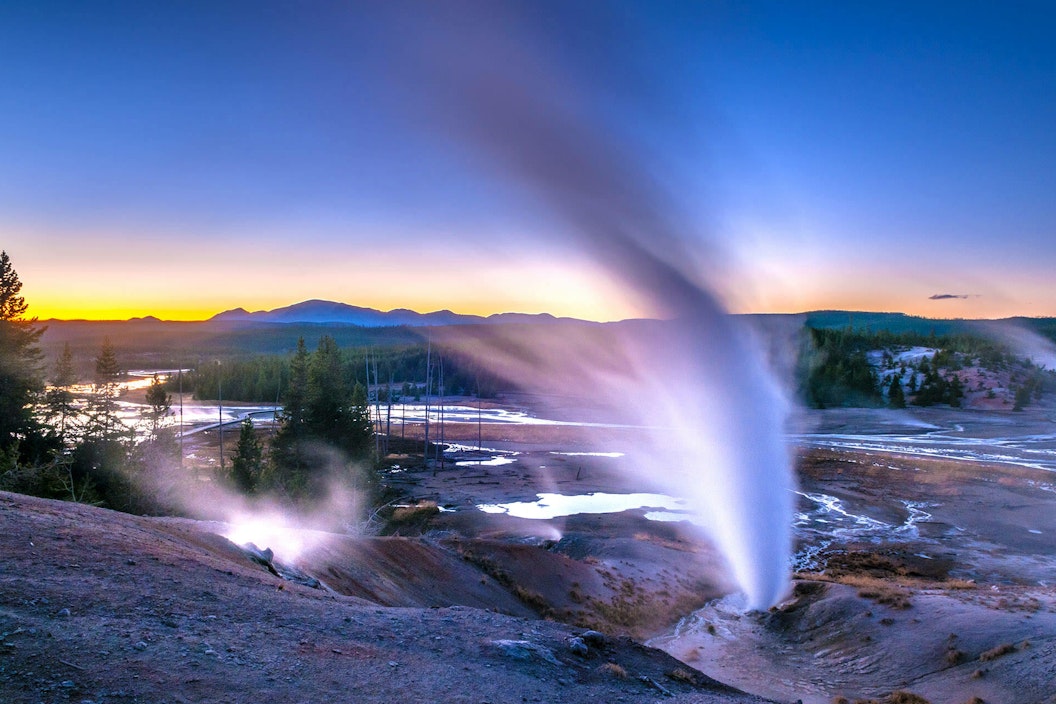
Yellowstone National Park, America's first National Park, offers truly unique experiences like spectacular hiking trails, beautiful views, Old Faithful, and geysers shooting water 100 feet into the air.
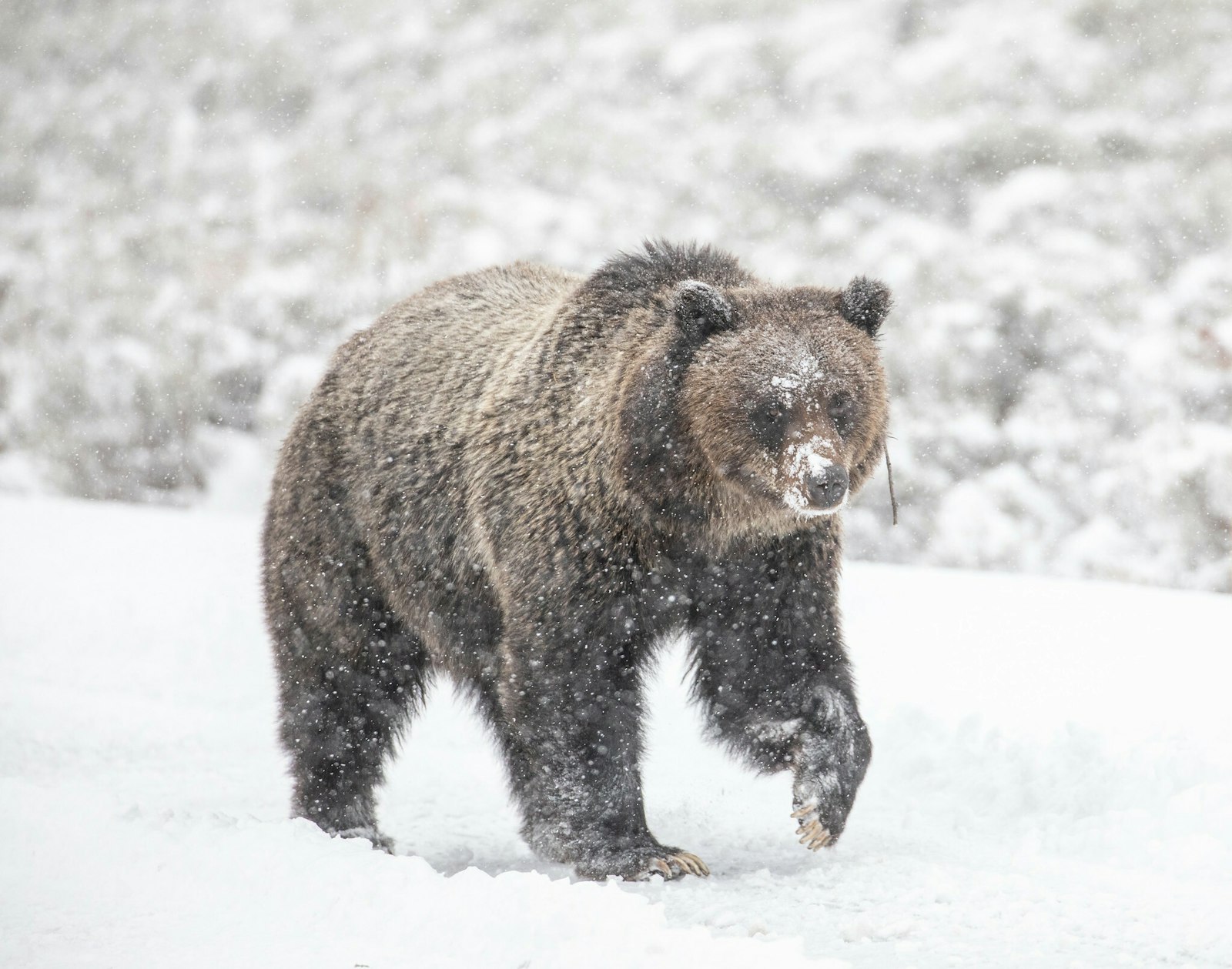
National parks are synonymous with iconic American wildlife – from the grizzly bears in Yellowstone to the coral reefs of the Virgin Islands. Despite living within the safe refuge of a national park, many sensitive wildlife species still require careful management. It's up to the work of park scientists with support from partners including the National Park Foundation (NPF) to preserve critical habitats and species, ensuring they prosper for generations to come.
NPF works closely with the National Park Service (NPS) to identify priority projects to support a variety of at-risk species in parks across the country. With this support from donors and partners, NPF is helping to save wildlife and promote biodiversity within our parks, with the goal to keep these wonderful species thriving.
At-risk species include those listed under the federal Endangered Species Act (ESA), plus state, local, and tribal-listed species, and other native species that are of special management concern – meaning they are rare, declining, sensitive, or unique. The ESA has proven extremely effective and credited with saving 99% of listed species from extinction – over 100 species of plants and animals have been delisted or declassified due to improved conservation status!
By working together with parks and partners, NPF is helping conserve, protect, and restore at-risk species and their habitats within the national park system. As we celebrate the 50th anniversary of the Endangered Species Act, passed by Congress in 1973, let’s explore some of the ways NPF’s Landscape and Wildlife Conservation grants are supporting NPS’ work sustaining and recovering at-risk species.
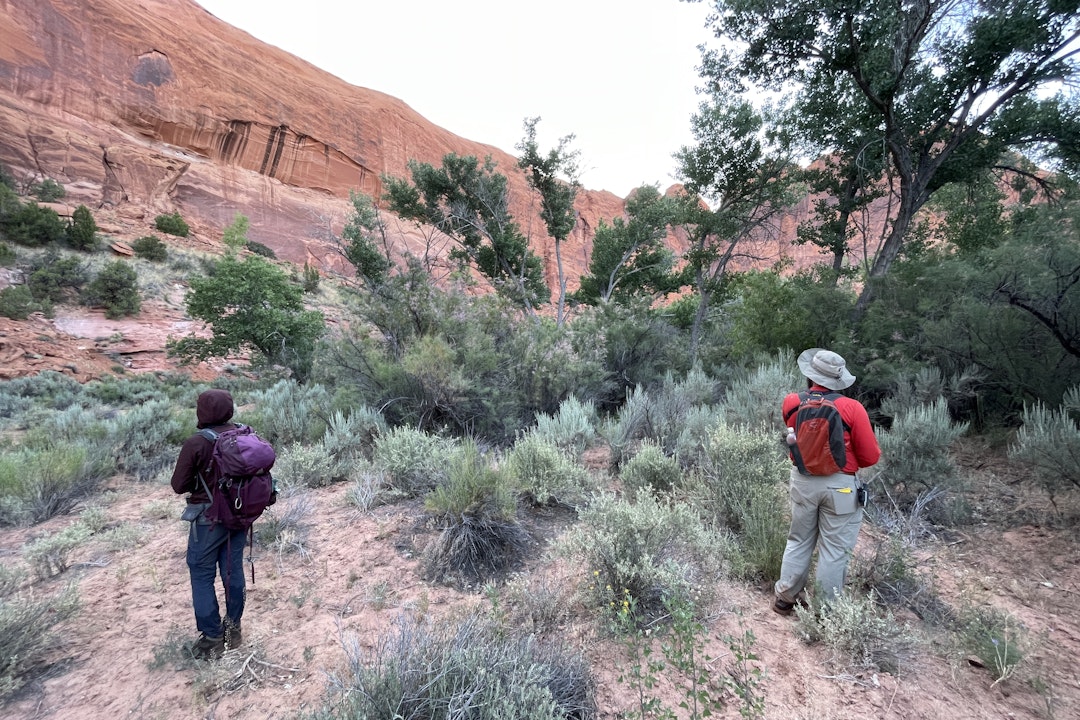
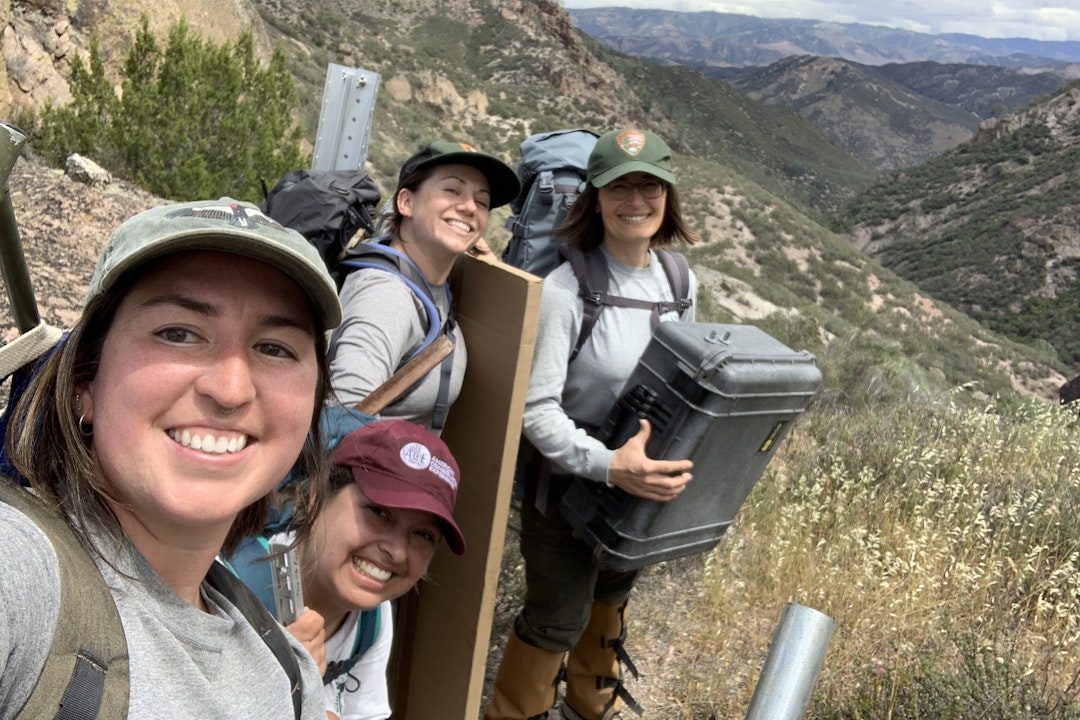
To strategize how to best protect at-risk species, it’s important to first understand their current status, along with habitat conditions and availability. By doing surveys and studies in parks, scientists gather data critical for developing plans to protect at-risk species in ways that holistically support their environments. NPF is currently funding a range of scientific studies that will help better protect at-risk species found in national parks.
In Glen Canyon National Recreation Area, an NPF-supported project is helping determine the population and distribution of the western yellow-billed cuckoo, a federally threatened species whose numbers have plummeted over the past several decades due to habitat loss and degradation, and further exacerbated by impacts from climate change and pesticide usage. Along the dense riverside thickets in Glen Canyon, park biologists are surveying for summer breeding pairs, mapping suitable habitat, and prioritizing future habitat restoration areas.
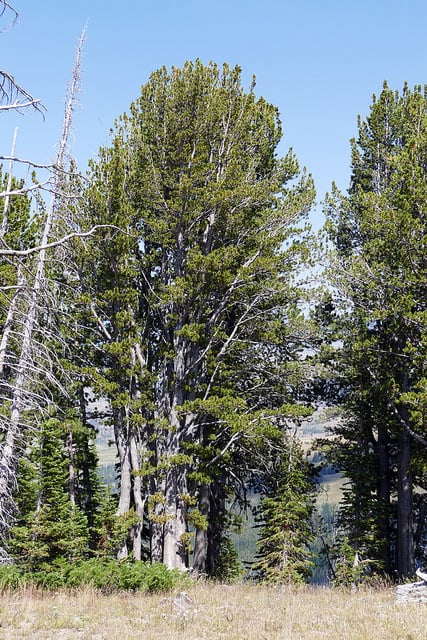
In Yellowstone National Park, NPF is funding a three-year study on whitebark pine, listed as federally threatened in 2022 due to white pine blister rust and other stressors. 90% of whitebark pine occurs on federal land, including Yellowstone, and its high-calorie, nutritious seeds are a key food source for over 19 animal species, including federally threatened grizzly bears coming out of hibernation. Whitebark pine is also vital to the health of nearby streams and rivers, reducing erosion and regulating snowmelt that supplies downstream watersheds. The study will examine whitebark pine health and status within the park and will also assess its unique relationship with Clark’s nutcracker, which the whitebark pine relies on for seed dispersal. New data from this study will leverage existing data collected at the park to accelerate a recovery action plan.
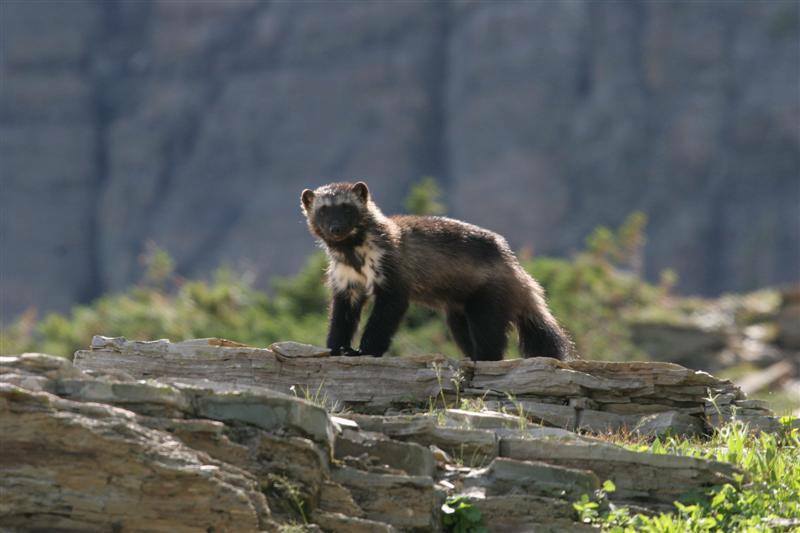
The enigmatic wolverine was newly listed in 2023 under the ESA as federally threatened in the lower 48, due to threats from climate change. Wolverines are fierce carnivores with a sharp sense of smell that allows them to scavenge prey under up to 20 feet of snow, but their low numbers and elusive behavior make them difficult to study. Starting in 2016 and repeating every 5 years, multiple states in the west embark on a landscape-scale survey of wolverines to assess populations at scale and genetic diversity. Glacier National Park, considered a haven for wolverines given its vast amounts of optimal habitat and snow cover, is a key participant in this study. An NPF grant supported the most recent landscape survey at Glacier and allowed the park to conduct more intensive sampling, using camera traps and DNA samples to help paint a fuller picture of wolverine population health and trends inside the park, while also contributing to broader wolverine knowledge within the region.
Mussels are critical to ecosystem health, and North America has the highest diversity of freshwater mussels found anywhere in the world. Of the approximately 300 species of freshwater mussels occurring in North America, over 70% are considered endangered, threatened, or of special concern. At Buffalo National River, NPF is supporting the mapping of suitable habitat for two species – the federally endangered snuffbox mussel and the federally threatened rabbitsfoot mussel. Using sonar imagery and an acoustic doppler system, park scientists will map out habitat areas that will help locate these species and will guide park management decisions to ensure their protection.
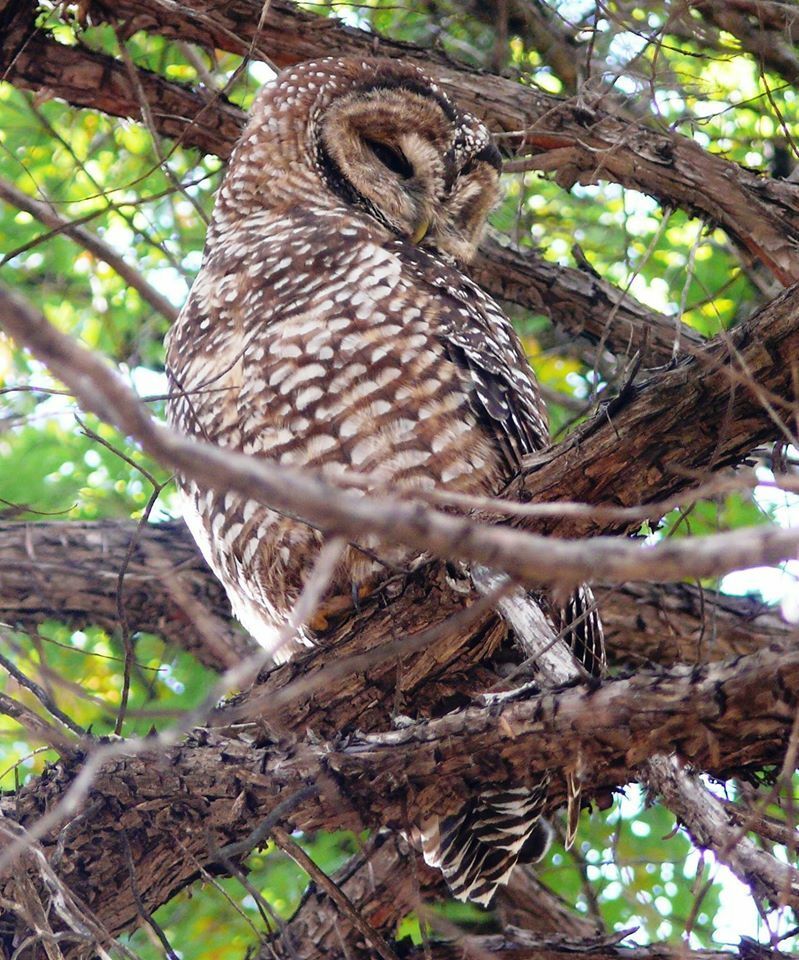
In Valles Caldera National Preserve, NPF is funding a project that is surveying and implementing recovery actions for threatened Mexican spotted owls after the bird was spotted for the first time ever in the park in 2021. Now the park is doing research to survey for them throughout the park, which will inform future park management of their habitat. And at Assateague Island National Seashore, an NPF-supported field survey will provide new information about the Bethany Beach firefly, which was previously thought to occur only at Bethany Beach, DE, before it was confirmed at Assateague in recent years. A third of all firefly species are estimated to be threatened with extinction, but often data on these species are lacking. The comprehensive survey will support species protection measures and will contribute valuable data to help determine if the Bethany Beach Firefly should be listed under the Endangered Species Act.
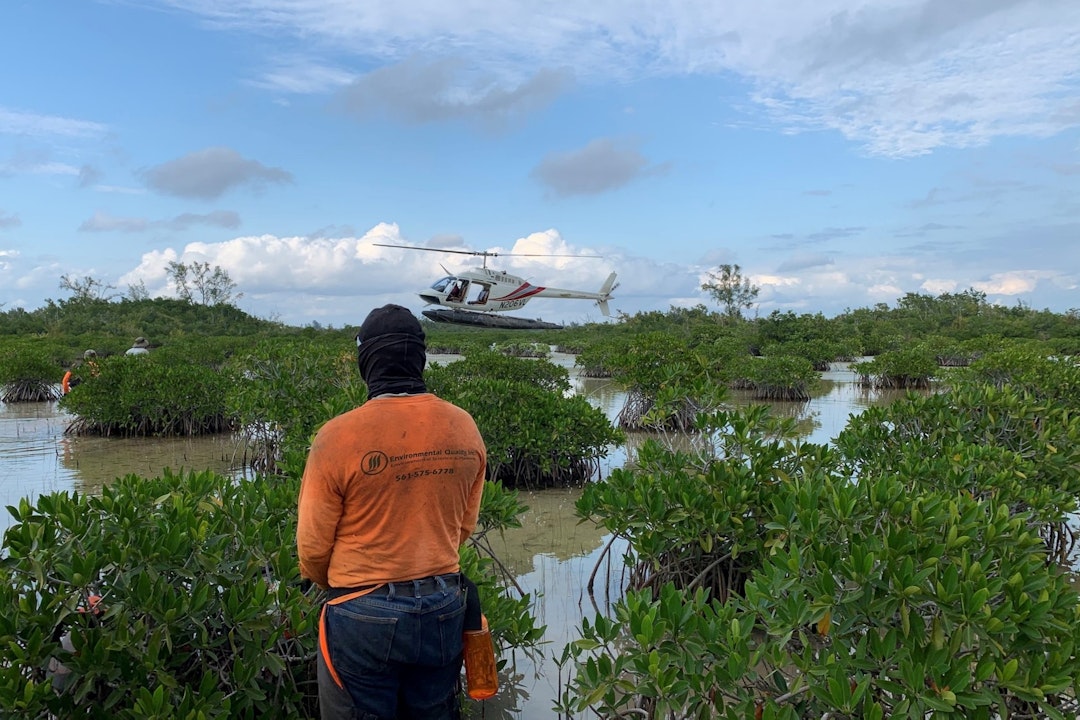
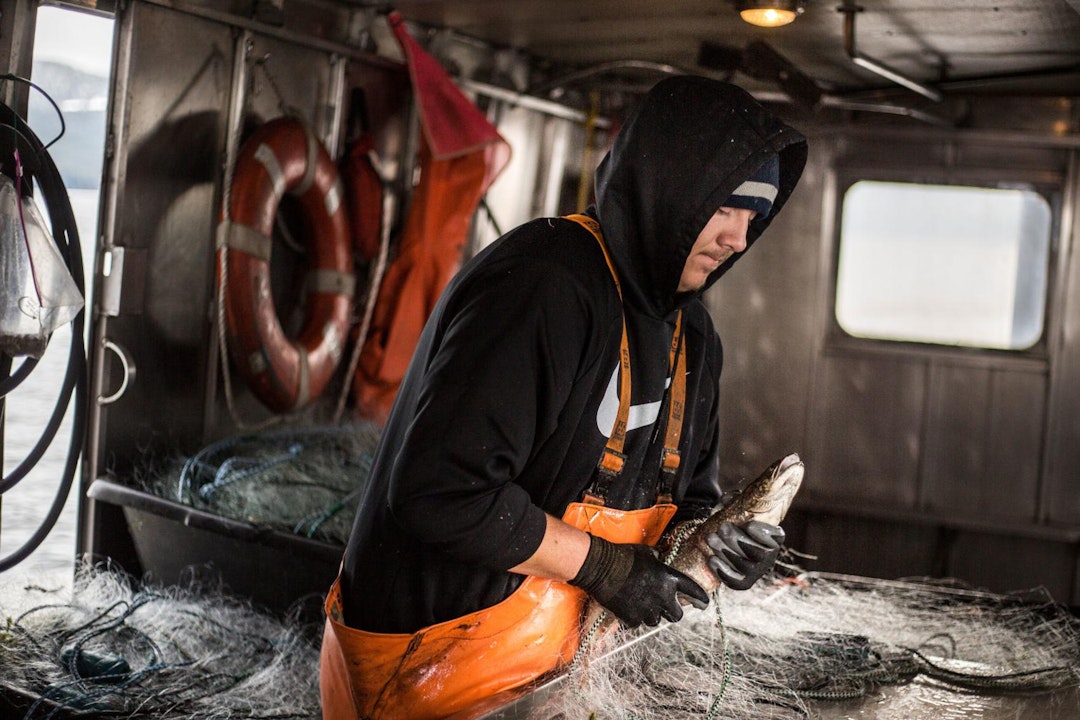
As we learn more about these at-risk species and the challenges they face in parks, we learn more about the best ways to protect them. At times, this can involve combatting the threats of invasive species – non-native species that cause harm to the environment, economy, or human, animal, or plant health. NPF has a long history of supporting projects that tackle the challenges posed by invasive species, including a long-term project at Yellowstone National Park to remove invasive lake trout to support the recovery of the native cutthroat trout – an important food source for the federally threatened grizzly bear. In recent years, thanks to the efforts of this project, grizzly bears are once again feasting on spawning cutthroat trout in several Yellowstone Lake tributaries!
In Everglades National Park, an NPF-supported project is restoring the Saline Glades by eradicating the invasive Australian pine trees. The pines outcompete native mangroves and uptake a disproportionate amount of freshwater as compared to native plants. Removing this invasive species will increase the park’s nesting habitat for the federally threatened American Crocodile. The treatment of the Saline Glades will also support the recovery of federally endangered smalltooth sawfish – the first marine fish to receive federal protection – as well as the wood stork, whose population recovery from efforts such as these is leading to a proposed delisting from its current federally threatened status.
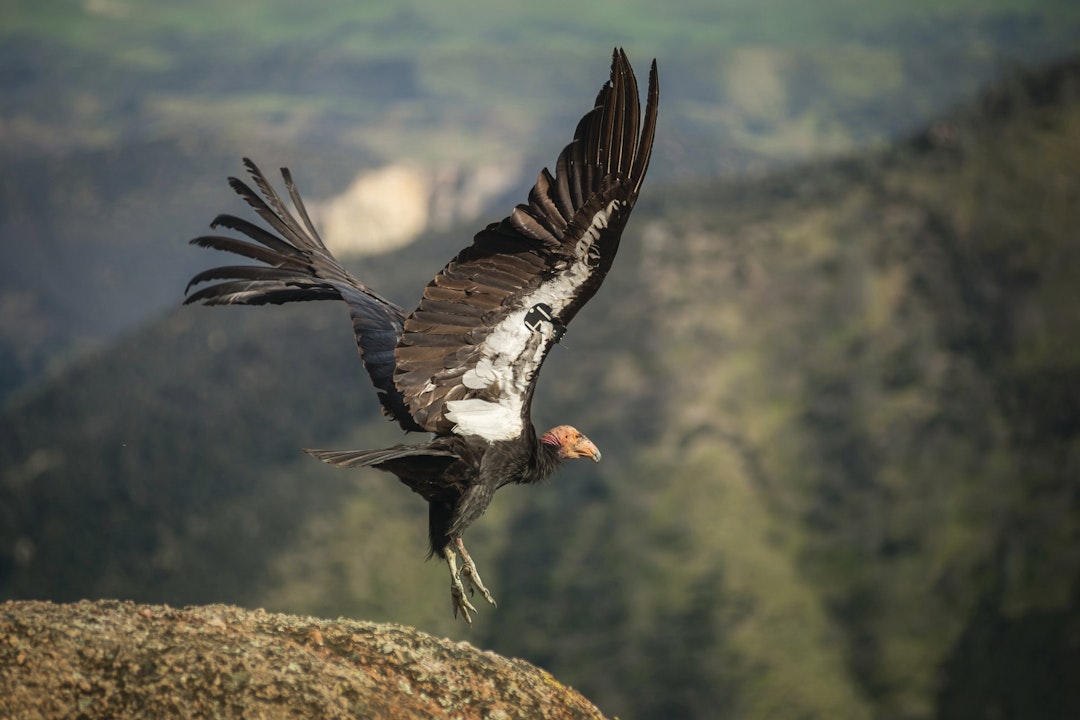
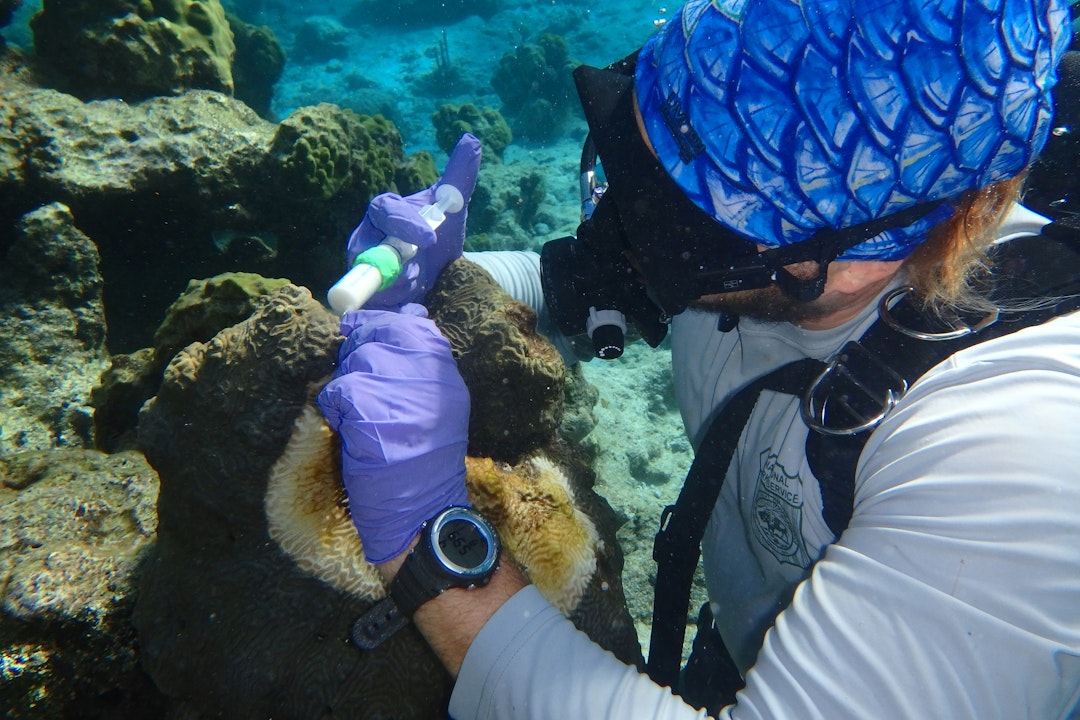
The ultimate goal of many of these projects – both studies and invasive species removal – is to enable the recovery of or help directly restore the population of at-risk species in parks. Here too does NPF have a long history of supporting wildlife recovery efforts – from wolves in Yellowstone to the bison in Badlands National Park. Over the last several years, NPF funding supported a successful effort led by the Yurok Tribe to reintroduce California condors to their historic range in Redwood National & State Parks, for the first time in more than a century. NPF has also supported Pinnacles National Park in their ongoing efforts to reintroduce and monitor condors, including by providing treatment for lead poisoning. This comes after an intensive recovery program and involves the collaboration of many partner agencies and organizations – continued monitoring of the species, additional reintroductions, and outreach programs will all help ensure their recovery.
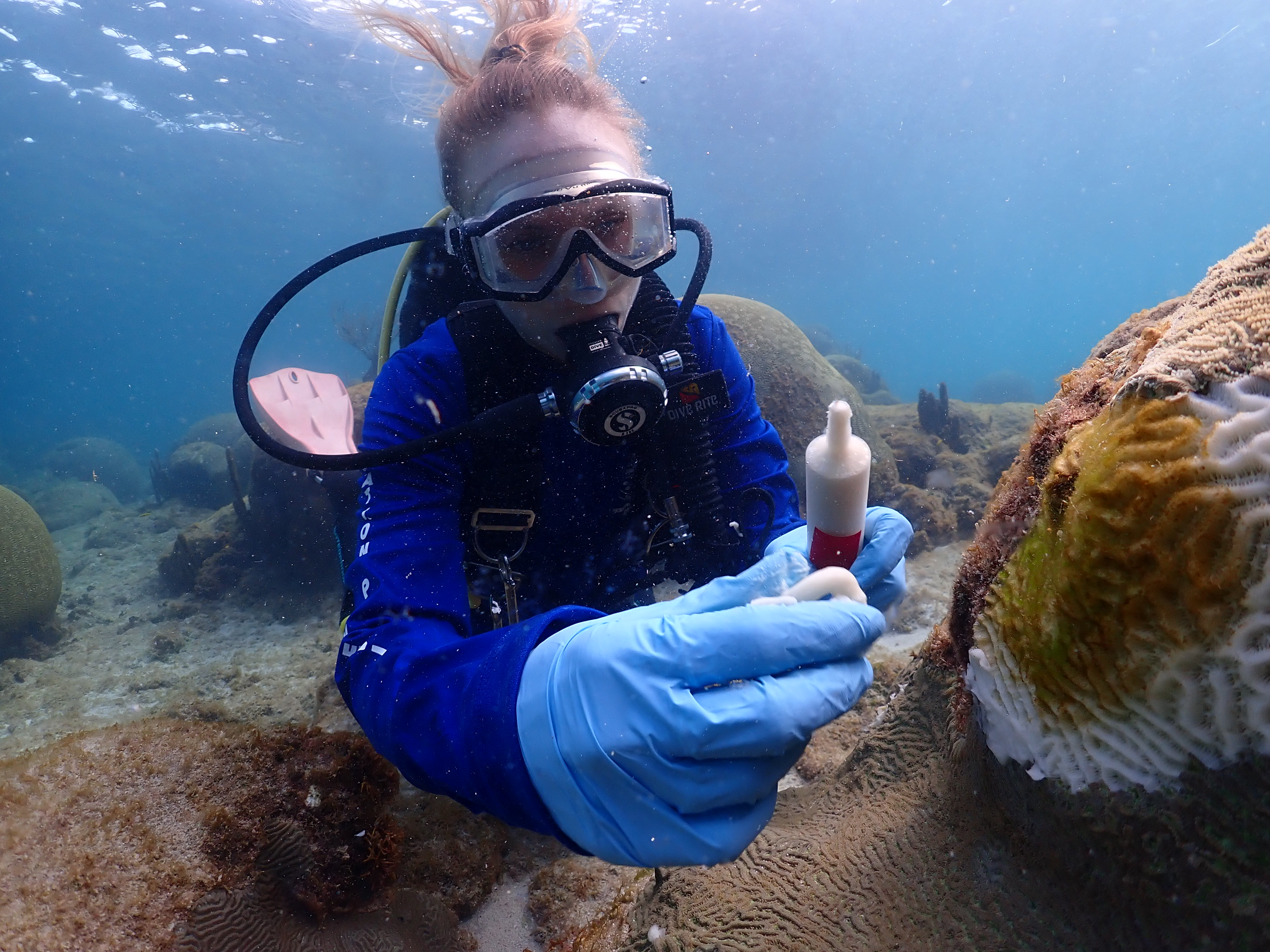
NPF is also funding projects to protect federally threatened coral species – including lobed star, mountainous star, boulder star, pillar, elkhorn, and staghorn corals – in both Virgin Islands and Biscayne National Parks. NPS protects 10 parks with coral reefs, stretching from the Pacific Ocean to the Atlantic Ocean, but these reefs are fragile and sensitive to changes in water quality and temperature. Rapidly reducing coral cover is also being hit with an unprecedented outbreak of Stony Coral Tissue Loss Disease in Florida and the Caribbean, posing a significant threat to coral reef communities in the southeast. Projects funded by NPF are helping provide reef-saving disease treatment and restoring reefs by planting healthy coral fragments– these are vital measures as coral reefs support 25% of all marine animals!
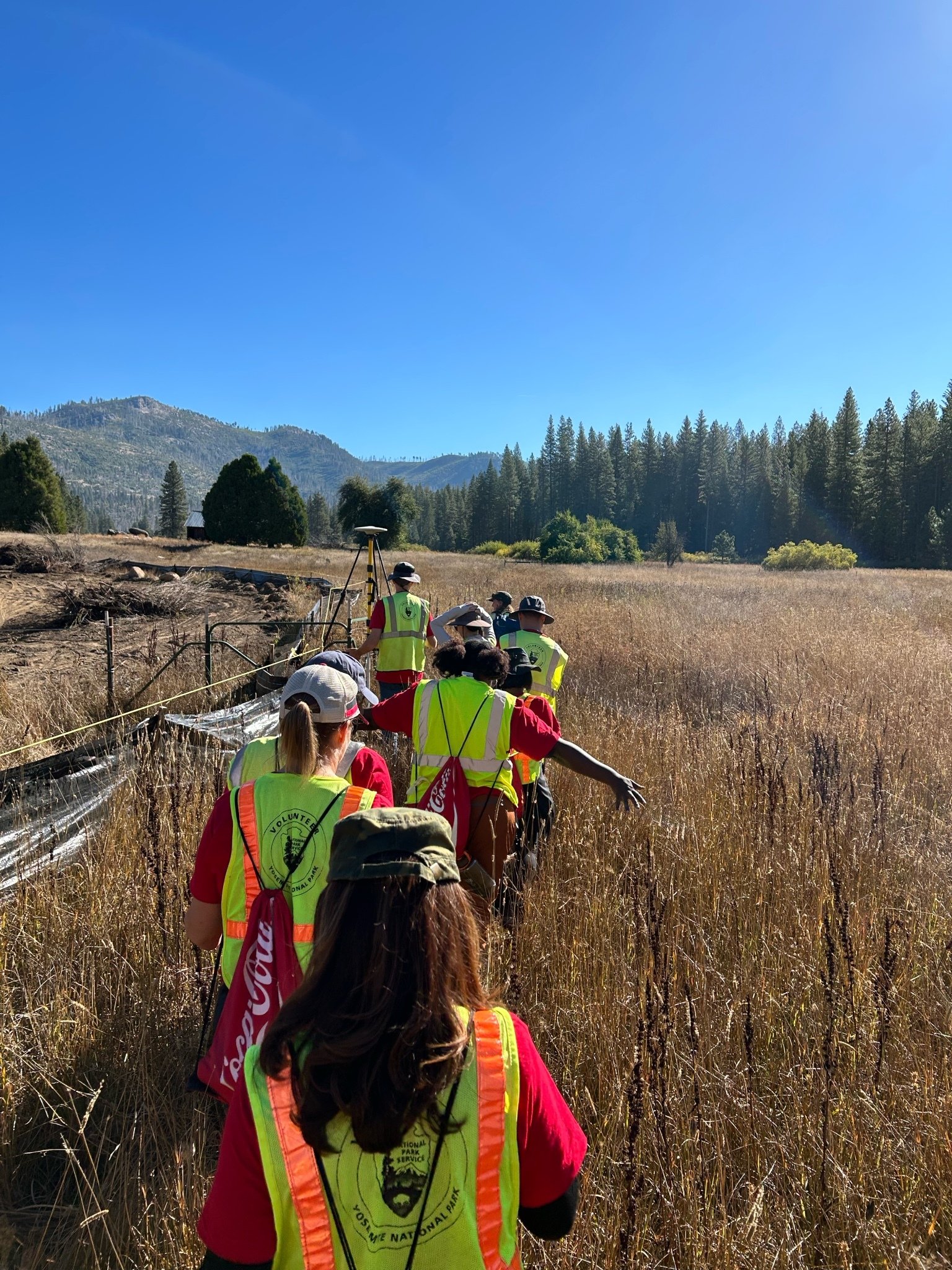
In Yosemite National Park, a multi-faceted project supported by NPF is helping to restore and revegetate the 230-acre Ackerson Meadow, helping support the federal threatened California red-legged frog and the federally endangered Sierra Nevada yellow-legged frog. In Joshua Tree, the NPF-funded extension of the park’s lands and trail system will support the federally threatened desert tortoise by protecting its sensitive habitat from nearby development and increased recreational use. And in Timucuan Ecological and Historic Preserve, an NPF-supported project is restoring the park’s shoreline, which will help restore habitat for the scalloped hammerhead shark – listed as a federally threatened species in some parts of its range.
NPF is supporting these critical projects, and more in parks across the country, that are protecting and preserving the remarkable wildlife that call our national parks home. Working closely with NPS and other partners, these collective efforts are helping conserve native species and restore critical habitats. You can help in these efforts too! By taking actions at home or lending a helping hand while you’re visiting a park, little actions can have a big impact when we work together. Supporting work like this is crucial in ensuring sensitive wildlife species can survive and thrive.